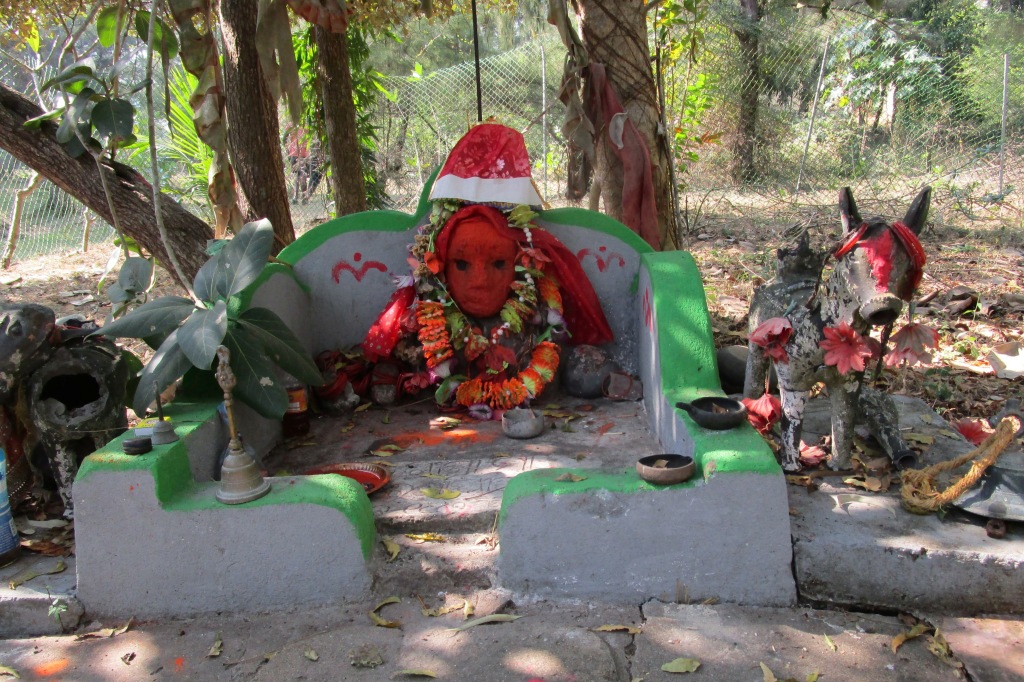Kendrapara: The centuries-old shrine of Goddess Maa Barunei, nestled on Barunei Island within Bhitarkanika National Park, is under threat from rising seas and climate change, locals and researchers say. Once a revered but remote pilgrimage site, the shrine has become increasingly inaccessible due to shrinking landmass and severe coastal erosion. Locals fear the island could meet the same fate as Agaranashi, a nearby coastal site submerged in 2023.
Accessible only by water, the shrine lies at the confluence of the Rajnagar and Mahakalapara blocks in Kendrapara district, surrounded by Barunei beach and dense mangrove forest. To the north are the Olive Ridley turtle nesting grounds at Gahirmatha and the saltwater crocodile breeding center at Dangamal. To the south lie the Batighar lighthouse and Hukitola Island. The Barunei estuary, where the Hansua distributary of the Brahmani River meets the Bay of Bengal, forms the natural setting of the temple.
Historically, Maa Baruneiswari was worshipped in a thatched shrine, now replaced by a cement platform. Forest officials revere her as the guardian deity of the region. Over the past 150 years, nearly 150 square kilometers of Barunei Island have been lost to the sea. The island’s current area is estimated at just 50 square kilometers, down from 200 square kilometers in 1870.
Also Read: Climate talks start with call for faster action, more togetherness
Researchers including Dr. Sarbeswar Sena, Dr. P.N. Gourang, Prof. Kshitish Kumar Singh, environmentalist Hemanta Kumar Rout, and Prabhuprasad Mohapatra note that several texts refer to the goddess as “Gadachandi.” They say the deity was believed to have protected the Kanika naval fleet, which defeated the Nawabs of Cuttack in the 18th century.
In the 16th century, the Kanika coast had a distinct identity — the Bay of Bengal was known locally as the Kanika Sea, the Dhamra River as the Kanika River, and the northern sandbars as Kanika Island. Scholar Radha Charan Panda wrote in Utkal Sahitya that before the Bhanja dynasty’s conquest in the 12th century, the region included a coastal territory called Kaladwip, home to a natural harbor and an armory guarded by Maa Barunei. This fact is supported in various books, including those by Jagabandhu Singh and Tatreib, while Saraswati Damodar has also mentioned it in the book Bhanja Kanika.
Despite this rich history, the shrine remains largely unknown to the public and historians alike. Bhitarkanika was declared a national park in 1998 and designated a Ramsar Site — an internationally recognized wetland — in 2002.
Researchers have suggested that facilities such as a ferry terminal, information center, rest house, and battery-operated boats for visitors to the Barunei Island ghat could boost tourism. They added that such development would bring both the natural and historical heritage of Barunei into public view. They also emphasized the urgent need to restore mangrove forests to protect the coast from further erosion.
PNN
